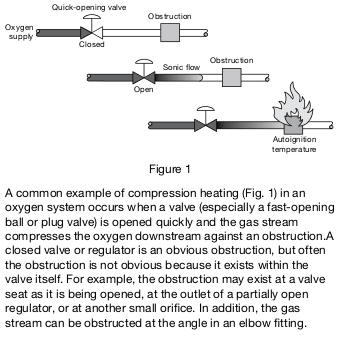Hi All,
I’ve noticed a copper spool fitted to otherwise stainless-steel pipework. The length of the spool was approx. 10 pipe diameters and the installer’s explanation was that the spool is installed to stop the fire spreading inside the pipe.
Is this a good practice or a legislative requirement? Could a flame arrester be used instead of a copper spool?
The materials are connected via a brass flange on the copper side which probably acts as a dielectric union. The fluid in question is the Oxygen.
Regards
I’ve noticed a copper spool fitted to otherwise stainless-steel pipework. The length of the spool was approx. 10 pipe diameters and the installer’s explanation was that the spool is installed to stop the fire spreading inside the pipe.
Is this a good practice or a legislative requirement? Could a flame arrester be used instead of a copper spool?
The materials are connected via a brass flange on the copper side which probably acts as a dielectric union. The fluid in question is the Oxygen.
Regards

